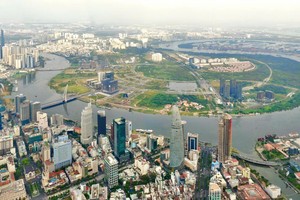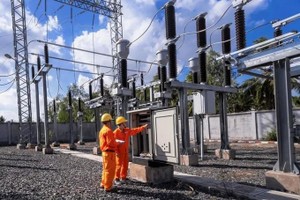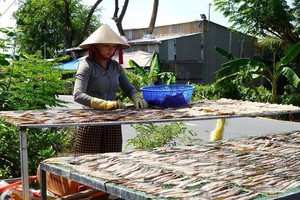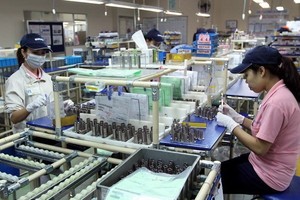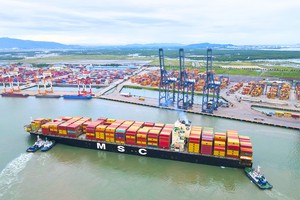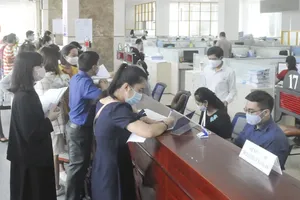
Moreover, most of the townhouses and villas are priced at over VND30 billion (US$1.2 million), exceeding the affordability of the majority of house buyers in the city.
According to Savills Vietnam, last year, the primary supply of townhouses and villas in Ho Chi Minh City saw a year-on-year decrease of 40 percent to 993 units, the lowest in the last five years.
In addition, only 286 units were sold last year, marking a year-on-year reduction of 73 percent and the absorption rate drop to 29 percent.
Explaining the slowdown, Giang Huynh, associate director at Savills Vietnam, said that the capital mobilization process is still affected by the inspection of real estate bond issuance. In addition, the world’s economic and political developments leave heavy impacts on the domestic economy, causing the incomes and cash flow of businesses and people to be blocked.
On the other hand, the scarcity of land funds in the inner city area of Ho Chi Minh City has pushed up house prices, leading to reduced affordability. Because of limited supply, investors gradually target the high-end housing segment, thus narrowing the buyer pool and slowing the absorption rate significantly.
She said the scarcity of land in the city has pushed up housing prices.
According to its urban development plan, by 2030, the city will focus on high-rise buildings to optimize land plots and meet the large housing demand.
This year 1,400 of them will enter the market, with 65 percent being priced at VND20-30 billion each, Savills has forecast.
Housing demand tends to shift to neighboring provinces. Specifically, Binh Duong will have more than 3,400 new apartments, more than 90 percent of which cost less than VND10 billion. Dong Nai will have 2,900 new apartments, 41 percent of which are priced at VND5-10 billion and 29 percent priced at VND10-20 billion.
According to Giang, Dong Nai and Binh Duong have the advantage of developing low-rise houses to supply the Ho Chi Minh City market. When infrastructure is upgraded and developed harmoniously, travel time from the provinces to Ho Chi Minh City will be cut, so housing prices become more reasonable and housing products are more diverse, which helps make demand stronger.
Seeing that trend, in recent years, big investors have acquired land funds in these suburban markets to deploy large-scale projects. Besides, housing prices in neighboring provinces are more competitive than those in Ho Chi Minh City. The average primary selling price in Binh Duong and Dong Nai is just 16 percent and 22 percent of that in Ho Chi Minh City, Giang said.
Savills Vietnam forecasts that the supply of townhouses in Ho Chi Minh City in 2026 will reach nearly 5,500 units, equal to 78 percent of Binh Duong and 40 percent of Dong Nai.
The largest future supply with 1,500 units will be in the suburban district of Binh Chanh, followed by Thu Duc City with 1,300 units, and Nha Be district with 1,000 units.


